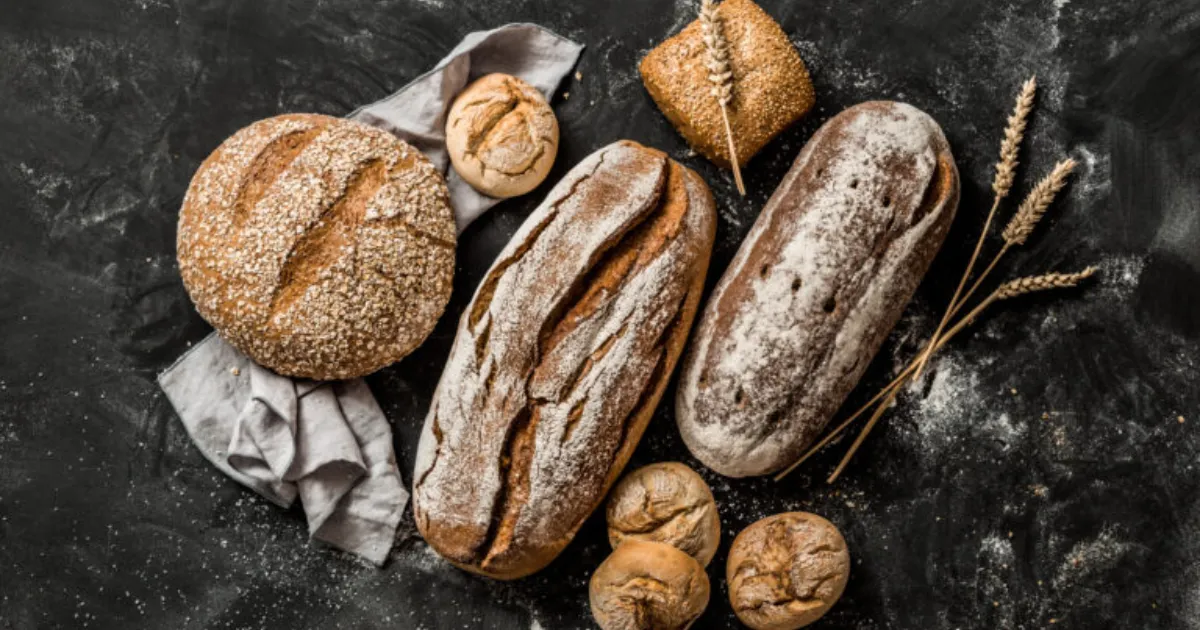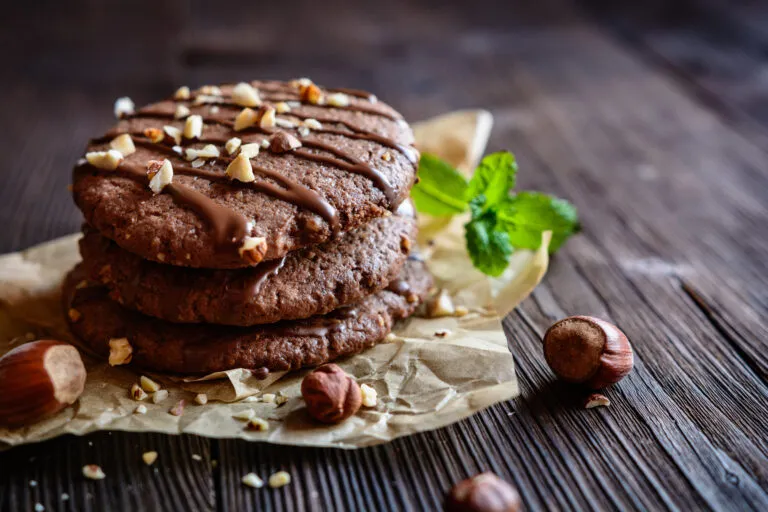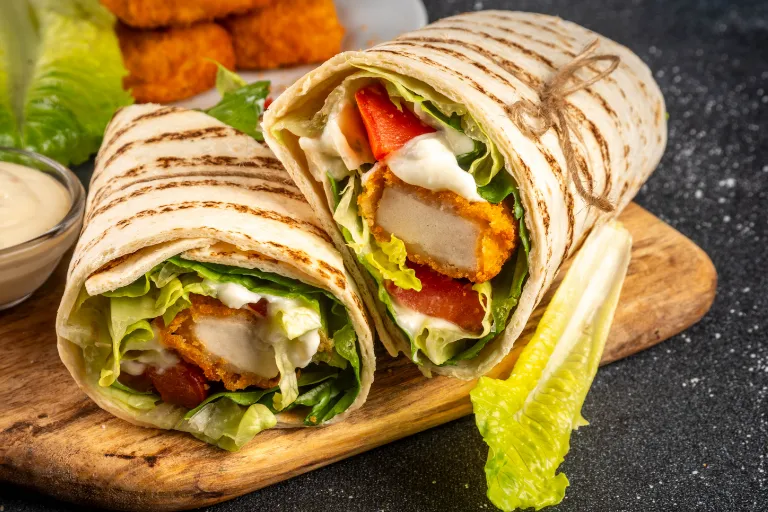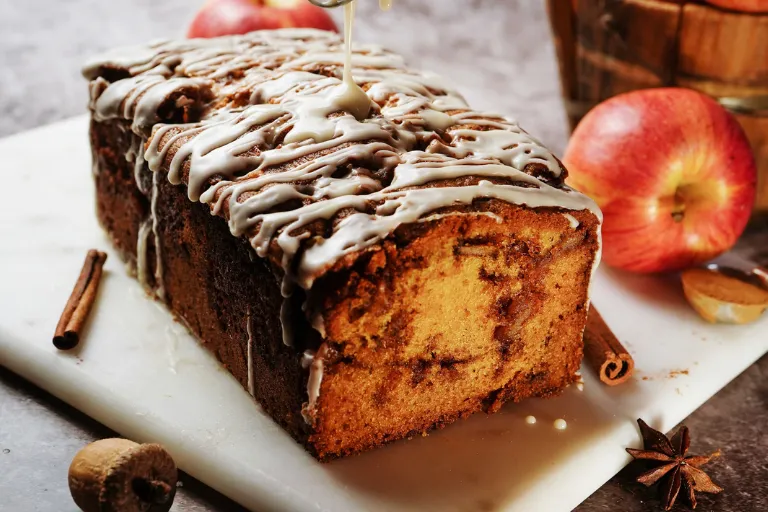Continuous mixing for bakery products
Bakery production demands precise control over hydration, gluten development, and dough temperature, while ensuring consistent texture and maintaining hygiene. Continuous mixing enables consistent product quality at industrial scale, reducing processing time, and allowing faster cleaning compared to traditional batch methods.







